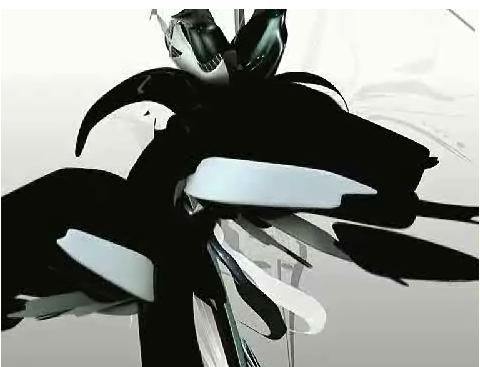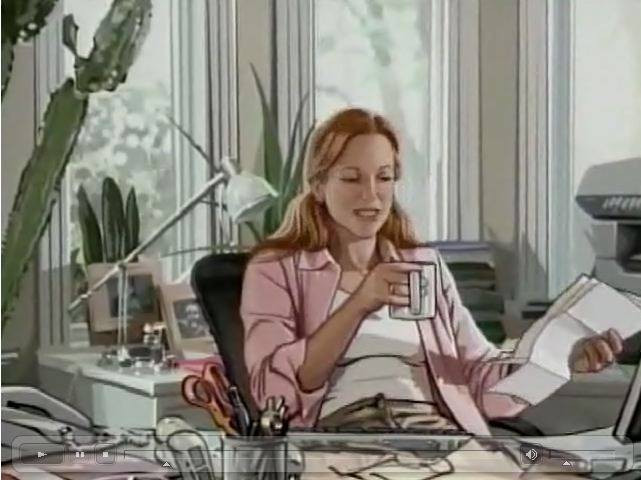The Wonder Pets
The style of animation used to create Wonder Pets! is called "photo-puppetry." It is an original style of animation created for the series that allows animators to manipulate photographs of real animals. The animation of "Wonder Pets" resembles a sleeker version of the construction-paper-like cutouts of "South Park."It was created for the series to allow animators to manipulate photographs of real animals. It also uses drawn objects (not characters), so the total presentation could be considered animated mixed-media. Mixed media, in visual art, refers to an artwork in the making of which more than one medium has been employed. Visual artist Maria Jones uses pastel, acrylic paint, tape and Mylar in her abstract works on paper.
When creating a painted or drawn work using mixed media it is important to choose the layers carefully and allow enough drying time between the layers to insure the final work will have integrity. If many different media are used it is equally important to choose a sturdy foundation upon which the different layers are imposed. An old rule good to remember is "Fat over lean." In other words, don't start with oil paints. Plan to make them the final layer.
Many interesting effects can be achieved by using mixed media. Often times, found objects are used in conjunction with traditional artist mediums, such as paints and graphite, to express a meaning in the everyday life. Denver local artist Tara Raine uses drywall, wax, found objects, acrylic paints, oil paints, and oil pastels in her artworks. This is to acheive a unique dimension; the drywall is painted with acrylic, then layered in clear wax, which is then carved into, which is then painted on with oils. In this manner, many different elements of art become more flexible than with traditional artist mediums.
It takes 33 weeks from script to final delivery.
Sound of Light
Takagi Masakatsu is a visual artist and musician whose work knows no aesthetic borders. He has presented video installations and performed live at art spaces around the world. He also produces music videos, as well as music for commercials and film. He has toured with musician and remix artist David Sylvian. In 2006, “Bloomy Girls,” a visual book with his video arts collection, was released. Res magazine named him one of the 2006 RES 10, an annual selection of emerging artists who will influence the worlds of film, video, design, advertising, music, and media art in the upcoming year and beyond.
Takagi Masakatsu is a visual artist and musician whose work knows no aesthetic borders. He has presented video installations and performed live at art spaces around the world. He also produces music videos, as well as music for commercials and film. He has toured with musician and remix artist David Sylvian. |
||
|---|---|---|
| Res magazine named Takagi one of the 2006 RES 10, an annual selection of emerging artists who will influence the worlds of film, video, design, advertising, music, and media art in the upcoming year and beyond. | ||
Is this the work of Bob Sabiston?
Waking Life's animation was overseen by Austin artist Bob Sabiston, whose software allows animators to use video images as a kind of sketchpad they can draw on. It's like a 21st-century update to rotoscoping -- the animation technique used in films like Snow White.
Characters created with old-school rotoscoping moved rigidly and mechanically. Sabiston's program allows for more fluid lines, making his characters feel far more vital.
Rotoshop is a proprietary graphics editing program created by Bob Sabiston. Rotoshop uses an animation technique called interpolated rotoscoping, which has been used in Richard Linklater's films Waking Life and A Scanner Darkly. The name is a play on the name Photoshop, a photo editing program from Adobe. The software is not currently available for use outside Flat Black Films.
The software was developed in order to do extremely lifelike hand-drawn animation - specifically, to animate the types of expressions and gestures people make that ordinarily would not be scripted into someone's film. Every person has little things that characterize their speech and movement that uniquely identify them, characteristics which this type of animation emphasizes.



